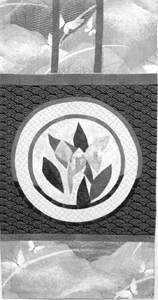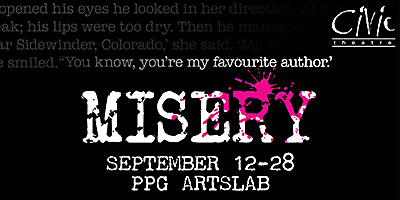AROUND THE FRAME
 FROM MANHOLE COVERS TO ASIAN INFLUENCES: THE QUILTS OF BUNNIE JORDAN
FROM MANHOLE COVERS TO ASIAN INFLUENCES: THE QUILTS OF BUNNIE JORDAN
While friend Robin and I were at the Quilters Hall of Fame Celebration in July, we joined other quilt enthusiasts in an exhibit walk-through with quilter-appraiser-author and quilt history student/teacher Bunnie Jordan.
Bunnie hails from Virginia where she begins collecting quilts in the 1980s. Desiring to know more about their history, friend Hazel Carter introduces her to the American Quilt Study Group and their annual publication of research papers Undercoverings. Publications by Barbara Brackman and Myron & Patsy Orlofsky as well as state documentations become valuable resources in her studies.
As a member of the Virginia Consortium of Quilters, Bunnie conducts research for several parts of the book Quilts of Virginia 1607-1899 The Birth of America Through the Eye of a Needle. Her research allows readers to view the quilts in the larger context of important men and women and history of the time. A board member of the Virginia Quilt Museum located on the Civil War Trails Bunnie is currently studying quilts from the Civil War era.
So with all of her interest in American quilts, Bunnie’s quilt designs reflect Asian influences: Geisha, ginko leaves, kimonos, Korean eggplant, manhole covers…. WHAT? Yes! In towns and villages in Japan and Korea the manhole covers are works of art. Three of her exhibited quilts. Hasuda City, Hirokami Village and Otsu City can be found in Quilting with Manhole Covers or Treasures Underfoot by Shirley McGregor.
Although she has never lived in or traveled to Asia (a bucket-wish!), Bunnie has been drawn to the elegance and simplicity of Asian design. “The art seems to connote a tranquility to me,” says Bunnie. Many of her quilts are based on themes of Jinny Beyer’s Hilton Head Seminar where she was a staff member for fifteen years. When the theme was “log cabin”, Bunnie incorporated an Asian element to create “Log Cabin Kimonos.
Bunnie shares her thoughts on the Japanese concept of Wabi Sabi as we stand before a quilt she didn’t complete because it didn’t turn out as expected. Wabi Sabi is an appreciation for the imperfect, impermanent and incomplete. Faded curtains, green patina on a copper statue, wood cracked and darkened, wrinkles and crow’s feet find the beauty and appreciate it for what it is instead of what it was or could have been.
What a great philosophy for quiltmakers. Collecting men’s ties for a quilt project some men were unwilling to donate ties with food stains on them. It was important that these ties be included. Each stain tells a story: eating spaghetti, the anniversary dinner … each stain relates back to a moment in the tie’s life. Perfect ties have no stories to tell; they might just have been picked up at a store. Stains in quilts whether old age spots, blood, dirt or unknown can stand as testament –the quilt had a life!
Learn more about Bunnie including her collection of bunny quilts at www.bunniejordan.com
Quilt restorer Lois Eubank can be contacted through her website www.bornagainquilts.com or 260-515-9446.
- Meet The ‘Crapped-Out’ Quilt Artist: Around The Frame - October 10, 2025
- The Quilt Design Legacy Of Hubert Ver Mehren: Around The Frame - September 12, 2025
- New South Fort Wayne Crosswalk Mural - September 12, 2025



